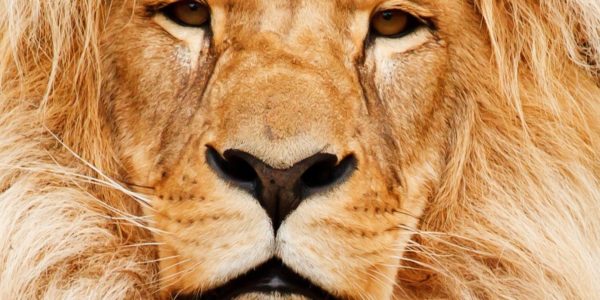U.S. hunters import about 126,000 “wildlife trophies” annually and killed about 1.26 million animals between 2005 and 2014, according to the Humane Society International and The Humane Society of the United States.
Trophy hunting is the killing of animals for body parts, such as the head and hide, for display or decor rather than for food and sustenance. A recent study examining the motivation for such hunts found that U.S. hunters glamorize the killing of an animal to demonstrate virility, prowess and dominance.
A report from Humane Society International/Humane Society of the United States titled Trophy Hunting by the Numbers: the United States’ Role in Global Trophy Hunting, uses an analysis of hunting trophy import data obtained from the U.S. Fish and Wildlife Service.
Some findings:
• Trophies are primarily imported from Canada and South Africa, followed by Namibia, Mexico, Zimbabwe, New Zealand, Tanzania, Argentina, Zambia and Botswana.
• Trophy hunters most want to kill American black bears, impalas, common wildebeests, greater kudus, gemsboks, springboks and bonteboks.
• Trophy hunters highly covet the so-called “African big five” — lions, elephants, leopards, white rhinos and buffalo. All of these species, except the African buffalo, are classified as near threatened or vulnerable on the IUCN Red List of Threatened Species.
• The U.S. ports of entry that received the most wildlife trophies in the past decade were New York City; Pembina, North Dakota; Chicago; Dallas/Fort Worth, Texas; and Portal, North Dakota.
“This report clearly shows the dire impact American trophy hunters are having on wildlife in other countries,” said Teresa M. Telecky, director of the wildlife department at HSI.
She continued, “It’s outrageous that every year hunters take the lives of thousands of animals, many threatened with extinction, just to win a prize and show off. These animals need protection, not to be mounted on a wall. The fact that rare, majestic species are entering the U.S. in large and small ports of entry should alarm lawmakers and the public concerned about trophy hunting.”
Hunting groups promote the hunts, offering accolades and awards to club members. The largest of these groups, Safari Club International, recently concluded its convention in Las Vegas, where more than 300 mammal hunts for more than 600 animals were auctioned off, and other hunts were arranged privately on the exhibit floor. An African lion trophy hunt can cost $13,500–$49,000. An African elephant hunt can cost $11,000–$70,000.
SCI often uses the revenue from hunt sales to lobby against wildlife protection measures.
For certain species, including lions, elephants, leopards and rhinos, the U.S. is the largest trophy-importing country.
HSI and The HSUS, in a statement on the report, pledged to continue to seek new protection under the U.S. Endangered Species Act for species that meet the criteria for listing.
The African lion is the latest species to receive ESA protection, after a multi-year effort by animal protection organizations, including HSI and The HSUS.
The groups are seeking increased ESA protections for species currently listed in a lower category of protection, as was recently done for the African elephant. HSI and The HSUS are also urging corporations — such as Swarovski Optik — to end sponsorship of trophy-hunting advocacy organizations.
